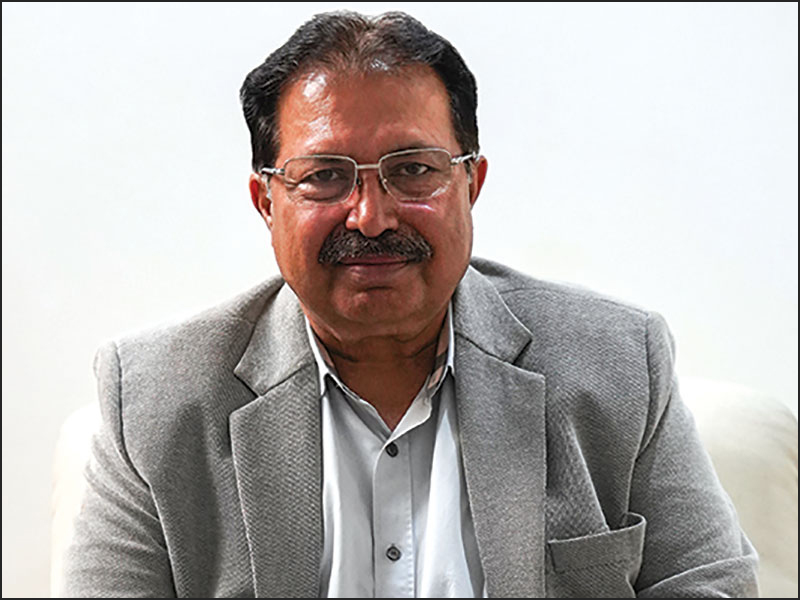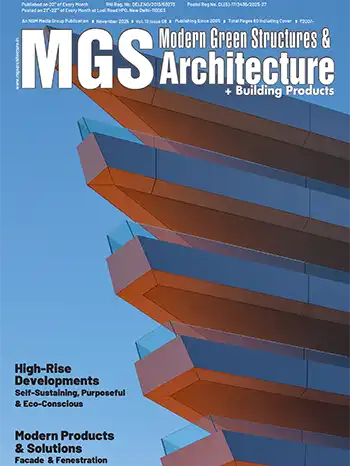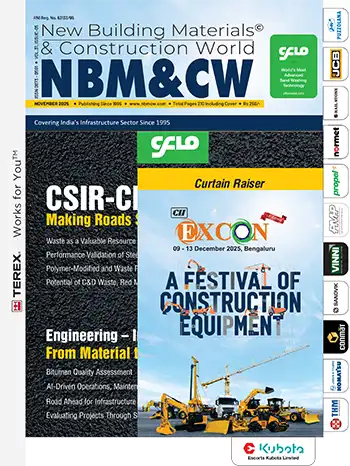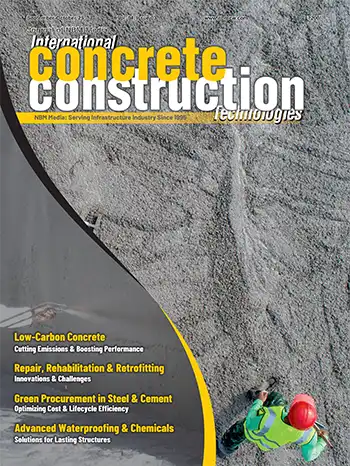Architecture is evolving, offering meaningful experiences that honor tradition while embracing innovation.
RK Malik
One major trend is the rise of adaptive design. With increasing urban density and changing family dynamics, spaces must cater to diverse needs and functions. Flexible layouts, multipurpose rooms, and modular furniture are becoming integral, allowing spaces to evolve with their users. This approach reflects not only a practical response to spatial constraints but also a forward-thinking philosophy that embraces change.
From smart homes, that integrate AI to optimize comfort and energy use, to parametric design tools enabling fluid, innovative structures, technology is expanding the boundaries of what is architecturally possible.
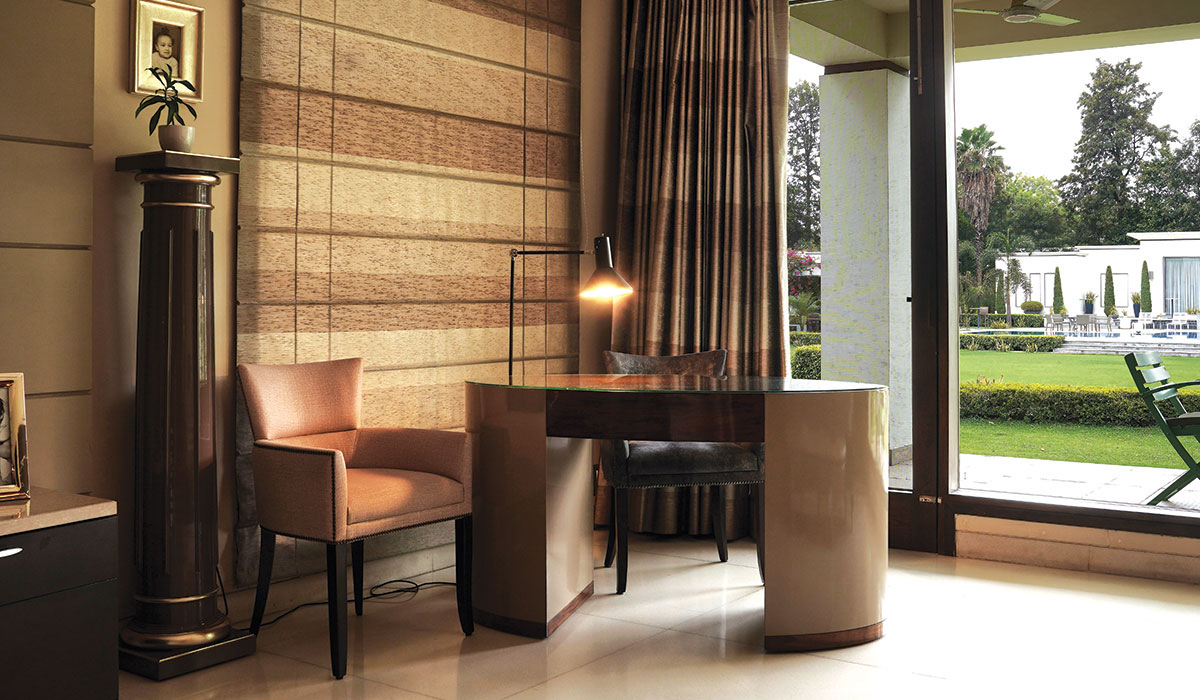
Culturally, regional narratives in design are gaining prominence. There is a renewed interest in celebrating local heritage by infusing traditional elements with contemporary aesthetics. Combining heritage-inspired motifs with modern luxury, and creating spaces that are both rooted in history and relevant to the present, are creating environments that are timeless yet progressive.
The emphasis on well-being in design continues to grow. Spaces are being designed to promote physical and mental health, using natural materials, optimal light, and layouts that encourage flow and harmony.

